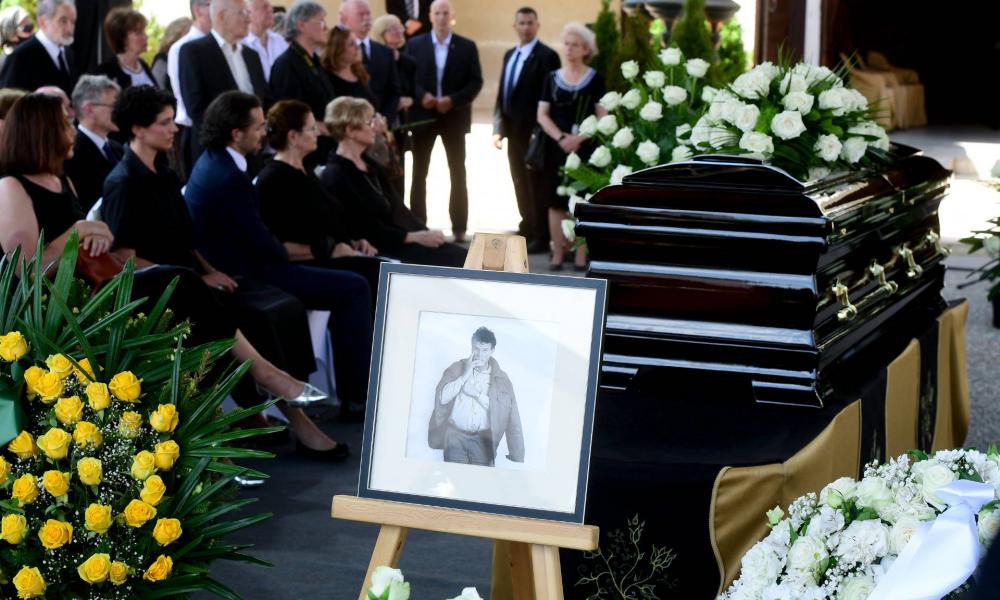Interpretable, understandable and tangible art: Thirteen creative sculptures can be seen in the privately funded Káli Art Park.
An unusual project focused on contemporary sculpture has begun in Káliskál, Balaton Uplands: At the initiative of the owners of Káli Art Inn, whose goal is to create and preserve values, the Káli Art Park for outdoor sculpture was created as part of a special sponsorship to showcase the work of contemporary artists. The works in Pension Park were selected during a competition: the six-member jury – Tünde Topor, art historian, Zsolt Petrányi, art historian, Ádám Szabó, sculptor, Júlia Molnár, owner of Káli Art Inn Kft. , Róbert Héjja, owner, Káli president of the association and Sándor Tóth, art consultant, art director – selected thirteen from over twenty submitted works, which are free to view. The best work will receive a Káli Art Prize worth 1 million fort, and the work will be purchased by pensioners: it will have a permanent place in the park, and new works will be attached to it every year.
colorful visions
The walls of the Káli Art Inn also feature beautiful artwork, Júlia Molnár said, and as with Róbert Héjja, they considered the arts their heart’s desire from the start. “We used to start collecting images on an impulse basis, but then we thought we wanted to learn about this area as well. We completed an internship in contemporary art, where we interviewed Bal Sándor Tóth, and asked him to help us evaluate and organize our current collection. We talked about wanting to get involved in Contemporary art as a patron and supporter, we began to think about. Sculpture soon emerged, a rather neglected field – one thinker spoke of the beginning, and at the same time stressed that the project is planned for the long term, at least ten years. A wonderfully colorful and playful dot in space is Andras Bugti’s blue moholink, while his dynamic and dramatic artwork by Minehirt Szabo is made of rubber.An exciting piece is the work of Tamás Gilly, Libra, which parallels human civilization and the natural world, and Gergely’s work Mindák, a one-piece concrete sculpture titled Nádsziget, which also reflects nature, is a critical work. He told our creative paper that it was mostly inspired by structures observable in nature, such as reeds. He said: “I have a kind of deep feeling,” he said. Towards the reeds: Inside the reeds is a mysterious place, and for some reason this mystery appeals to me.” Regarding the extent to which this view of closeness to nature appears in contemporary sculpture, Gergeli Mindak explained: It is questionable to what extent contemporary artistic dialogue can remove original creative feelings from sources of inspiration, and to what extent external expectations can influence creative processes. . There is a connection to being inspired by nature – because it affects everyone in some way.
It can also be used
The best of the competition was the interactive work of Czech Lilly, Egem, whose creator intends to evoke the experience of being in a big city, Lack of Heaven: Sitting in a booth made of red board, the viewer can look into the sky frame through the hatch. “It’s a concrete view of the city, so you can see the sky from our apartment window.” I found it exciting to express this fundamental experience in sculpting and incorporate reality into the statue in this way, as the creator told our paper. He explained: The interesting question is how well the work is, and whether visitors dare to use it. But the sculpture garden is also a good initiative, because it is open and open to anyone, and you can learn more about the business. “Contemporary sculpture is badly needed, and more is needed.” I am confident that this trend will be maintained and strengthened, and people will have more and more opportunities to meet sculptures, he said. Although it would have been possible to apply to compete with works already completed, there is also work close to our present, such as Nóra Szirmai’s Proxemika, which offers a concrete interpretation of personal space that reflects the year 2020. – The meaning of the title is nothing more than the distance between people during daily communication and activities. The steel mold consists of multiple magnifiers for tiny insect wings, creating an almost inaccessible enclosure. About the statue, the artist said that the pavilion, as a symbol of freedom, surrounds the invisible space, which we have recently had to observe exceptionally, stressing that it is especially important for contemporary art to respond to world events.
demolish the dam
informations:
Káli Art Park, Köveskál is free to visit, every day from 10am to 6pm
www.kaliartpark.hu
Authors of the works shown: András Bojti, Lili Cseh, Ágost Koppány Erős, Réka Gergely, Tamás Gilly, János Kalmár, Kristóf Kecs, Gergely Mindák, Dániel Nagy, Nóra Szirmai and Menyhért Balzabás






